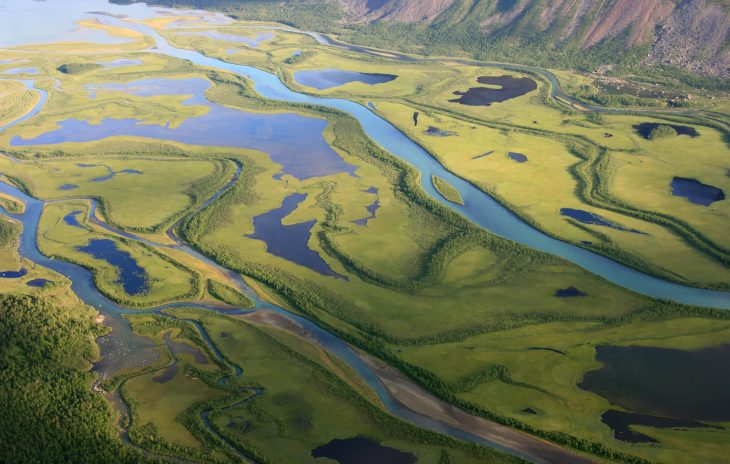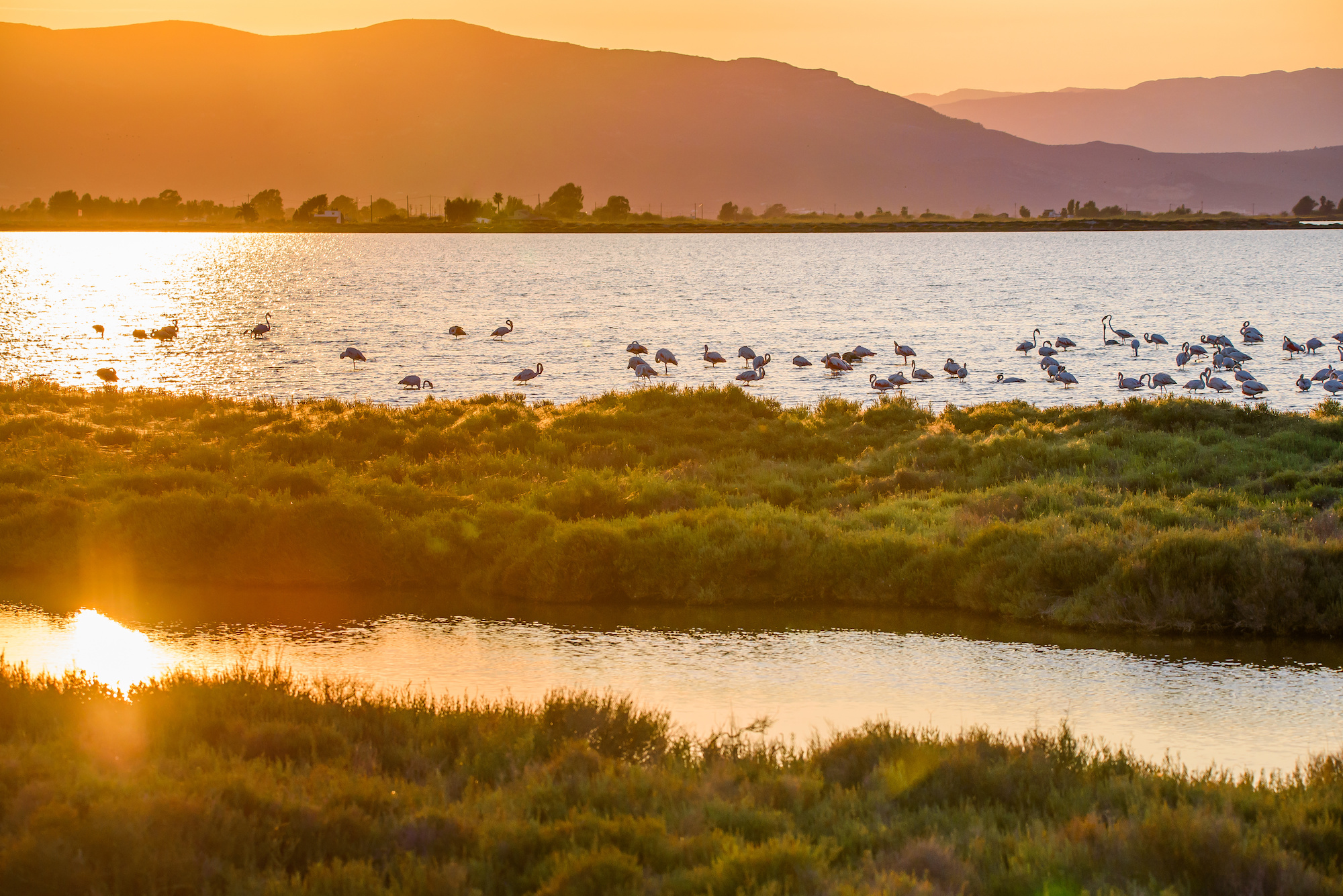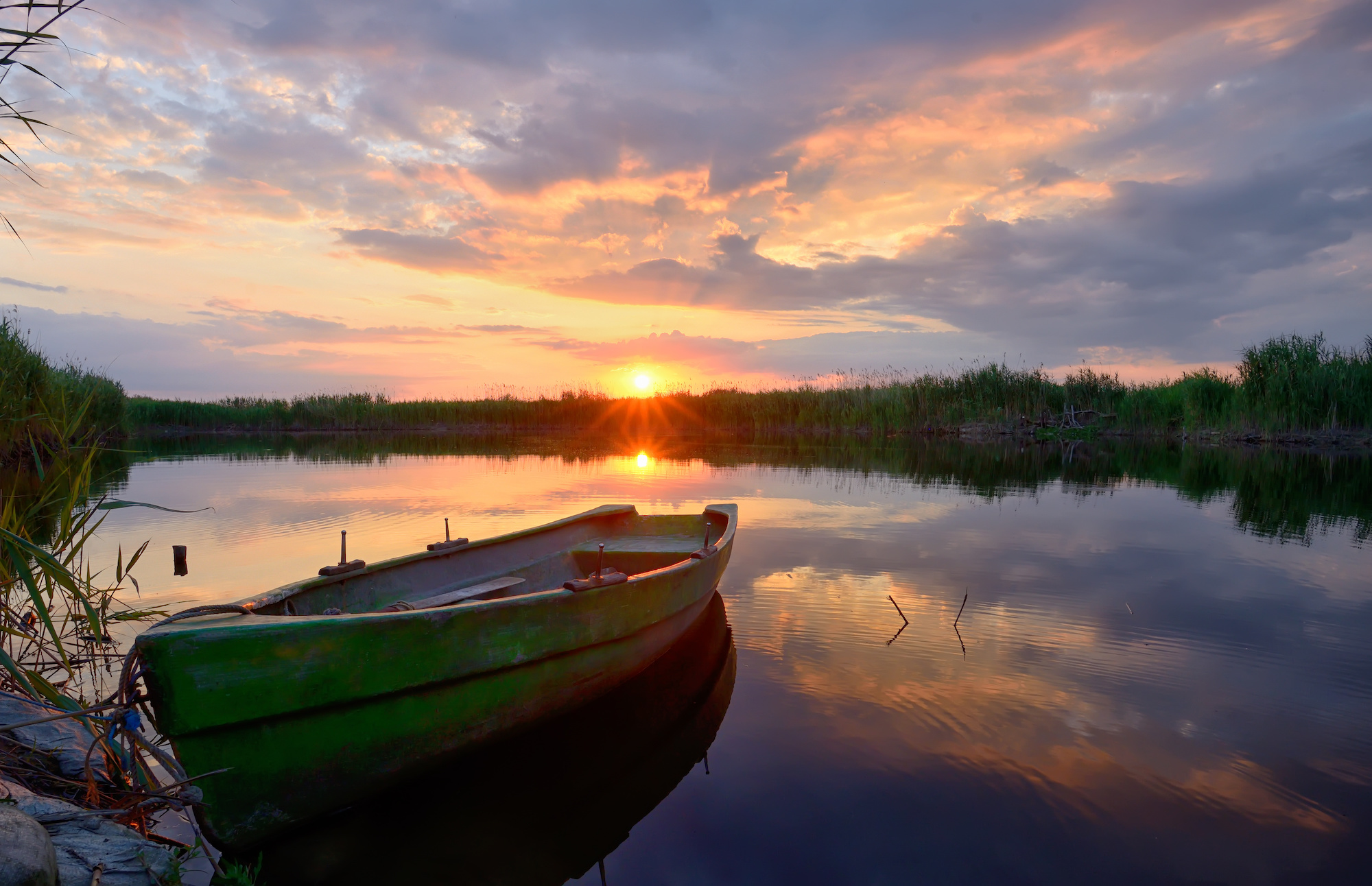
Deltas are awe-inspiring landforms formed at the confluence of rivers and oceans. Their intricate beauty and ecological importance make them captivating subjects for exploration. In this article, we delve into 15 fascinating facts about deltas, shedding light on their formation, significance, and diverse ecosystems.
Delta Origins
Deltas are primarily created when rivers deposit sediment at their mouths, gradually building up landmasses over time. The force of the river slows down upon reaching the ocean, allowing sediment to settle and form intricate deltaic patterns.
Dynamic Shapes
Deltas come in various shapes, influenced by factors such as river flow, sediment composition, and oceanic forces. The most common delta shapes include arcuate, bird’s foot, cuspate, and estuarine.
Major Deltas
Some of the world’s largest deltas include the Ganges-Brahmaputra Delta in Bangladesh and India, the Mississippi River Delta in the United States, and the Nile River Delta in Egypt. These deltas are not only vast in size but also harbor rich biodiversity.
Ecological Havens
Deltas serve as crucial ecosystems, supporting a wide array of plant and animal life. Their fertile soils and abundant water resources create ideal conditions for diverse habitats, including wetlands, mangroves, and estuaries.

Nutrient-Rich Sediments
The sediments carried by rivers and deposited in deltas contain essential nutrients that enrich the surrounding soils. This natural fertilization process supports agriculture and sustains the livelihoods of millions of people worldwide.
Landform Transformation
Over time, deltas undergo natural changes due to the continuous interplay of water, sediment, and tides. These transformations can lead to the formation of distributaries, islands, and even the abandonment of certain channels.
Human Influence
Human activities, such as dam construction and river channelization, have significant impacts on deltas. Altered river flow and reduced sediment supply can disrupt deltaic ecosystems, affecting both wildlife and local communities.
Coastal Protection
Deltas act as natural buffers against coastal erosion and storm surges. Their vast expanses of sediment-laden land help dissipate wave energy, providing protection to inland areas and minimizing the impacts of extreme weather events.
Rich Delta Cultures
Deltas have long been centers of human civilization, offering fertile lands and abundant resources. Cultures that have flourished in deltaic regions, like the ancient civilizations of Mesopotamia and the Indus Valley, have left lasting legacies.
Ephemeral Deltas
Not all deltas are permanent. Ephemeral deltas form when rivers empty into closed basins or bodies of water with high evaporation rates. The lack of outflow causes the water to evaporate, leaving behind salt flats and barren landscapes.
Deltaic Biodiversity
Deltas support an astonishing variety of plant and animal species. They serve as breeding grounds for fish, nesting sites for birds, and nurseries for marine life. Protecting deltaic biodiversity is vital for preserving delicate ecological balances.
Rising Sea Levels
With global sea levels on the rise due to climate change, deltas face increased vulnerability. Higher sea levels enhance the risk of saltwater intrusion into freshwater supplies, endangering agriculture and challenging the resilience of deltaic communities.
Subaqueous Deltas
While deltas are commonly associated with terrestrial landforms, they can also form underwater. Subaqueous deltas occur when rivers discharge sediment into lakes or seas, creating unique underwater topographies.
Deltaic Subsidence
Some deltas experience subsidence, a gradual sinking of land, due to a combination of natural and human-induced factors. Subsidence can exacerbate the impacts of sea-level rise, leading to increased flood risk and the loss of valuable deltaic landscapes.

Delta as a Symbol
Beyond their geological significance, deltas have captured the imagination of artists, writers, and poets throughout history. Symbolically, deltas represent transitions, the merging of forces, and the intricate interplay of land and water.
Conclusion
Deltas are captivating natural wonders that embody the harmonious interconnection between rivers and oceans. Their diverse shapes, ecological importance, and cultural significance make them subjects of fascination and concern. Understanding the intricacies of deltas is crucial for preserving their fragile ecosystems and the communities that depend on them.
Frequently Asked Questions (FAQs)
What is the largest delta in the world?
The largest delta in the world is the Ganges-Brahmaputra Delta, located in Bangladesh and India. It covers an area of approximately 105,000 square kilometers.
How long does it take for a delta to form?
The time it takes for a delta to form can vary significantly depending on factors such as sediment supply, river flow, and oceanic conditions. It can range from several decades to thousands of years.
Can deltas disappear?
Yes, deltas can disappear due to natural and human-induced factors. Rising sea levels, reduced sediment supply, and land subsidence are some of the factors that can contribute to the erosion and disappearance of deltas.
Do deltas only form at river mouths?
While deltas are commonly associated with river mouths, they can also form in closed basins or bodies of water with high evaporation rates, where the lack of outflow leads to the formation of ephemeral deltas.
How do deltas contribute to agriculture?
Deltas contribute to agriculture by depositing nutrient-rich sediments that enhance soil fertility. The fertile deltaic soils support crop growth and provide favorable conditions for farming activities.
Was this page helpful?
Our commitment to delivering trustworthy and engaging content is at the heart of what we do. Each fact on our site is contributed by real users like you, bringing a wealth of diverse insights and information. To ensure the highest standards of accuracy and reliability, our dedicated editors meticulously review each submission. This process guarantees that the facts we share are not only fascinating but also credible. Trust in our commitment to quality and authenticity as you explore and learn with us.
